If you're new to strength training or returning after a break, one of the most common questions is: what weight dumbbell should I use? The answer depends on your current fitness level, your goals, and the type of exercises you're doing. Choosing the right weight is essential—not just for progress, but also to prevent injury and build confidence.
What Does “Right Weight” Really Mean?
The right dumbbell weight should challenge your muscles while still allowing you to maintain good form throughout your reps. If you’re breezing through a set of 10–12 reps without any muscle fatigue, the weight is probably too light. If you can’t complete more than 4–5 reps without straining or losing form, it’s likely too heavy.
Here’s a simple rule of thumb:
-
For toning or endurance: Choose a lighter weight that allows 12–20 reps per set.
-
For muscle building (hypertrophy): Use a moderate weight that allows 8–12 reps.
-
For strength gains: Opt for a heavier weight that challenges you in the 4–6 rep range.
How Many Pounds Dumbbells Should I Use?
Let’s break it down by experience level and common movements:
For Beginners
-
Upper body exercises (like bicep curls or shoulder presses): Start with 5–15 lbs.
-
Lower body exercises (like squats or lunges): You may be able to handle 15–30 lbs because your legs are stronger.
For Intermediate to Advanced
-
Gradually increase dumbbell weight as you get stronger. You might move from 10 lbs to 20 lbs for upper body, and from 25 lbs to 40 lbs or more for lower body work.
Always prioritize form over numbers. It's better to do clean reps with 12 lbs than sloppy ones with 20.
How Heavy Dumbbells Should I Use for Different Goals?
Your goal shapes the answer. Here’s a quick reference:
| Goal | Reps | Weight Feel |
|---|---|---|
| Toning | 12–20 | Light, moderate fatigue at end |
| Muscle Growth | 8–12 | Moderate, struggling on last 2 reps |
| Strength | 4–6 | Heavy, near-max effort |
| Endurance | 15–20+ | Light, sustained effort |
For compound movements (like dumbbell squats or deadlifts), you’ll generally go heavier than for isolation movements (like triceps kickbacks or lateral raises).
A Personal Note on Progression
When I first started training clients, one of them—a woman in her late 40s—was nervous to go beyond 8 lbs. She worried she'd “bulk up” or hurt herself. We started light, focusing on form and control. Within six weeks, she was confidently doing 15-lb dumbbell presses and 25-lb goblet squats. Her strength improved, her joints felt better, and—most importantly—her confidence skyrocketed.
The takeaway? Don’t be afraid to start light, but don’t stay there too long either. Your body adapts. Give it a reason to grow stronger.
Final Tips for Choosing the Right Dumbbell Weight
-
Start conservatively, then test your limits safely.
-
Listen to your body. Soreness is normal. Sharp pain isn’t.
-
Track your reps and how the weight feels. Journaling helps notice patterns and improvements.
-
Adjust based on the exercise. You might curl 10 lbs but press 20.
Choosing the right dumbbell weight is part science, part intuition. With consistency and proper technique, you'll learn exactly what your body can handle—and how to push it, safely and effectively.


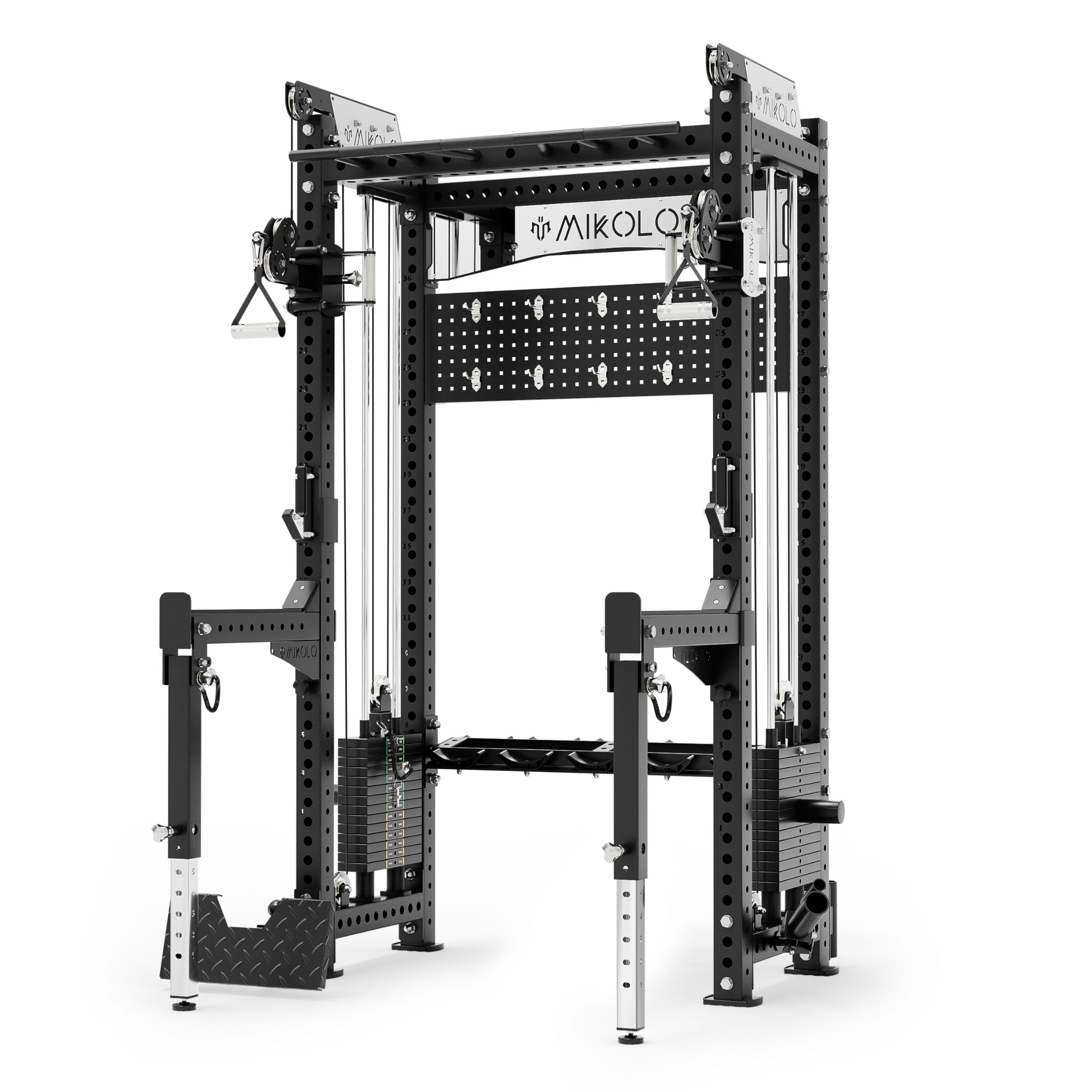


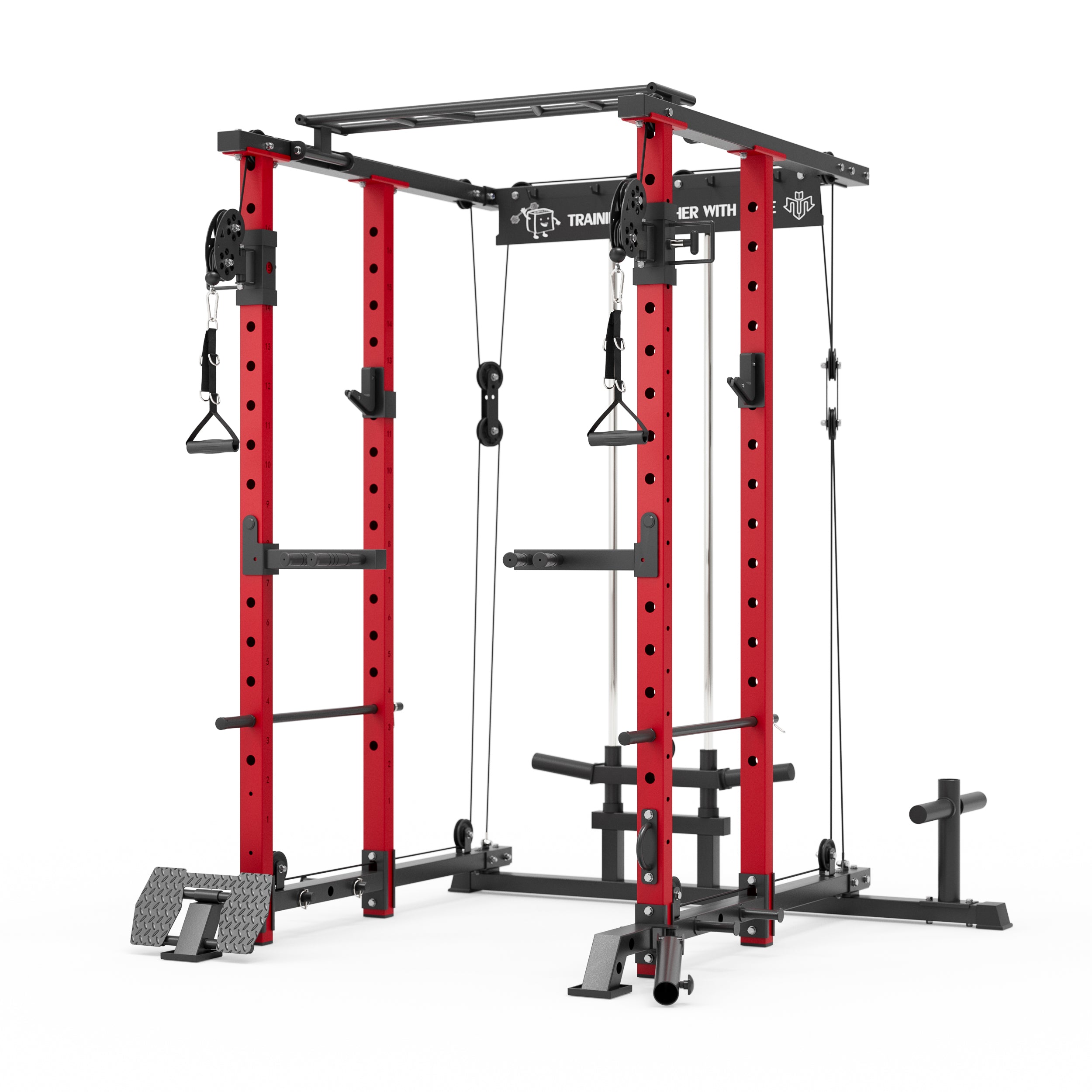

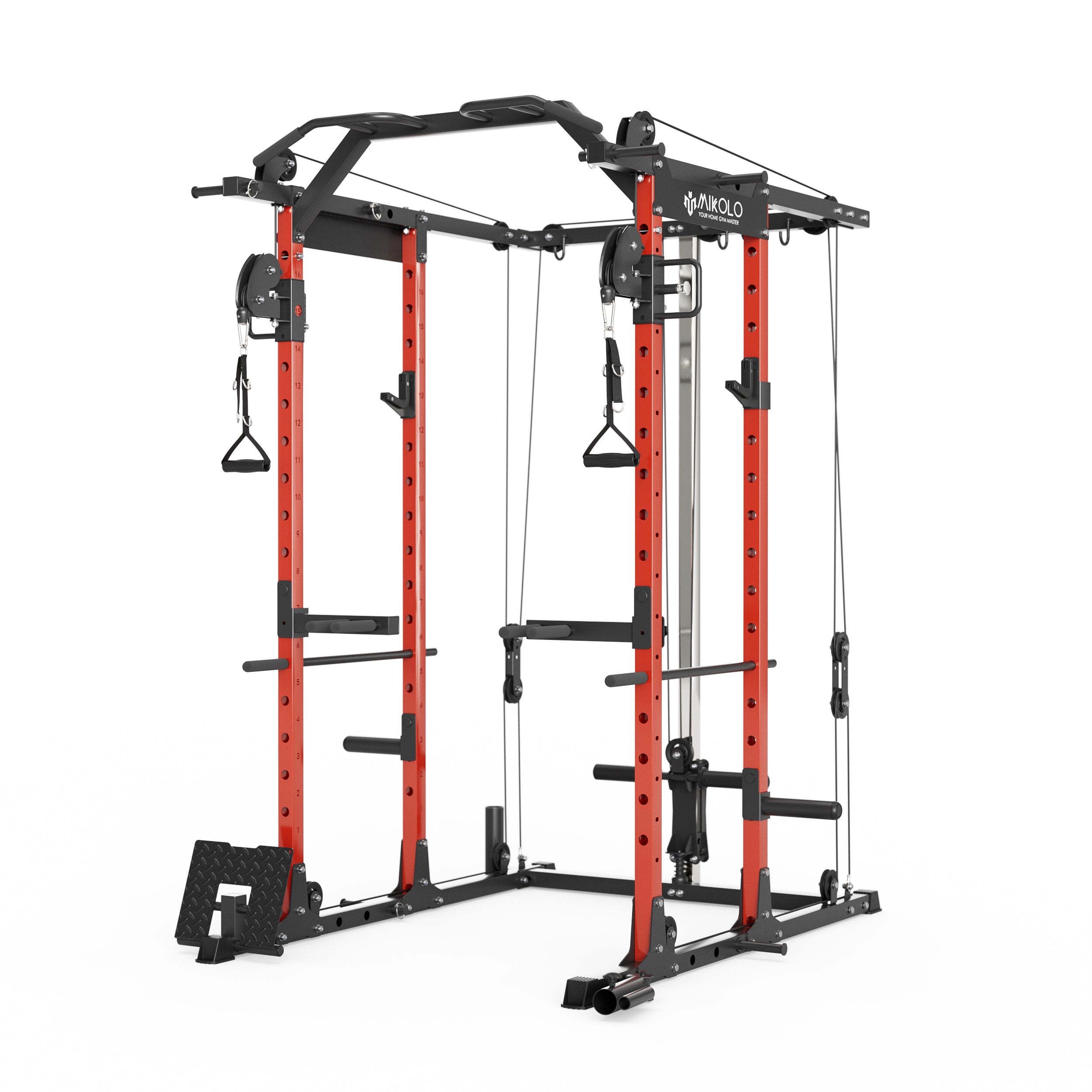
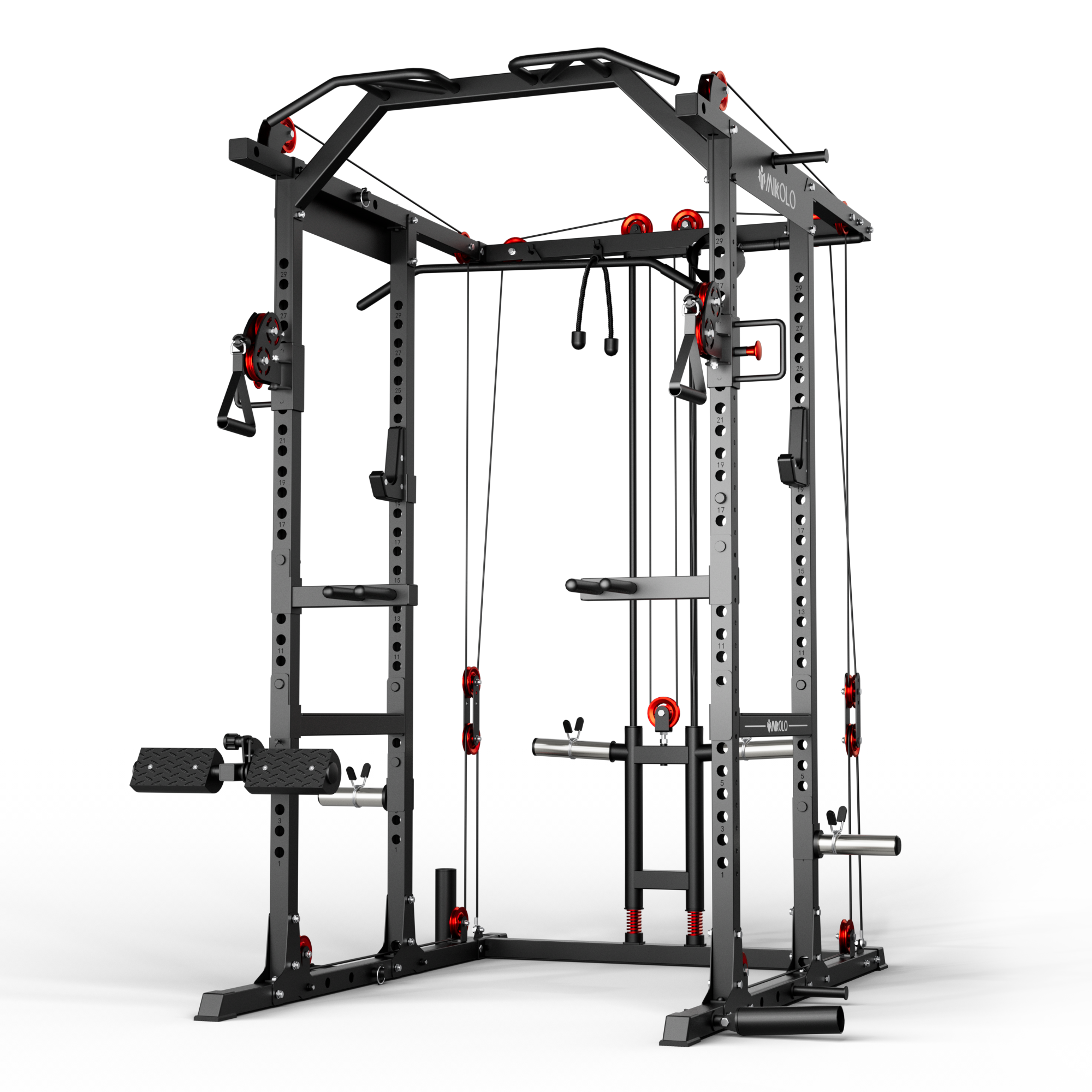
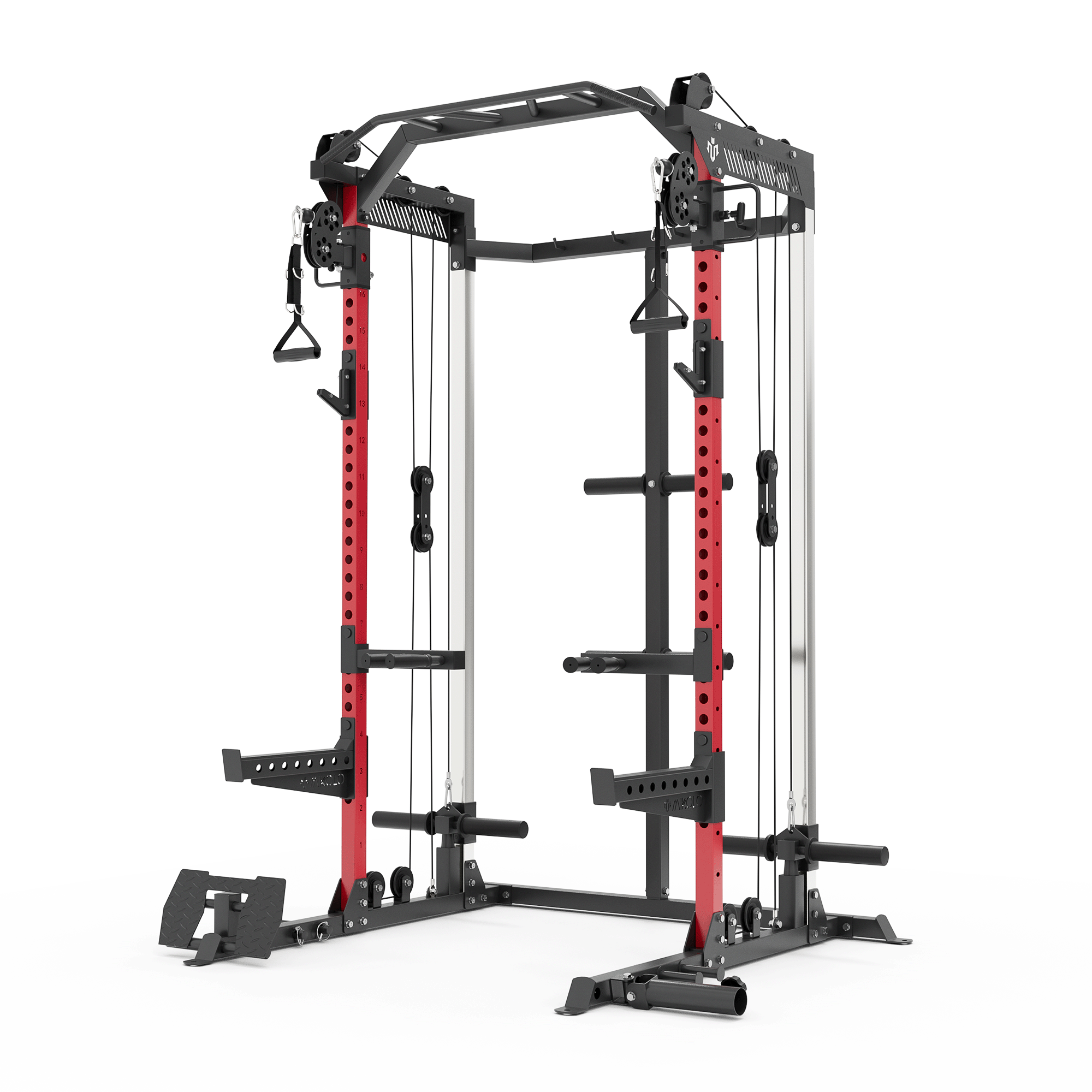
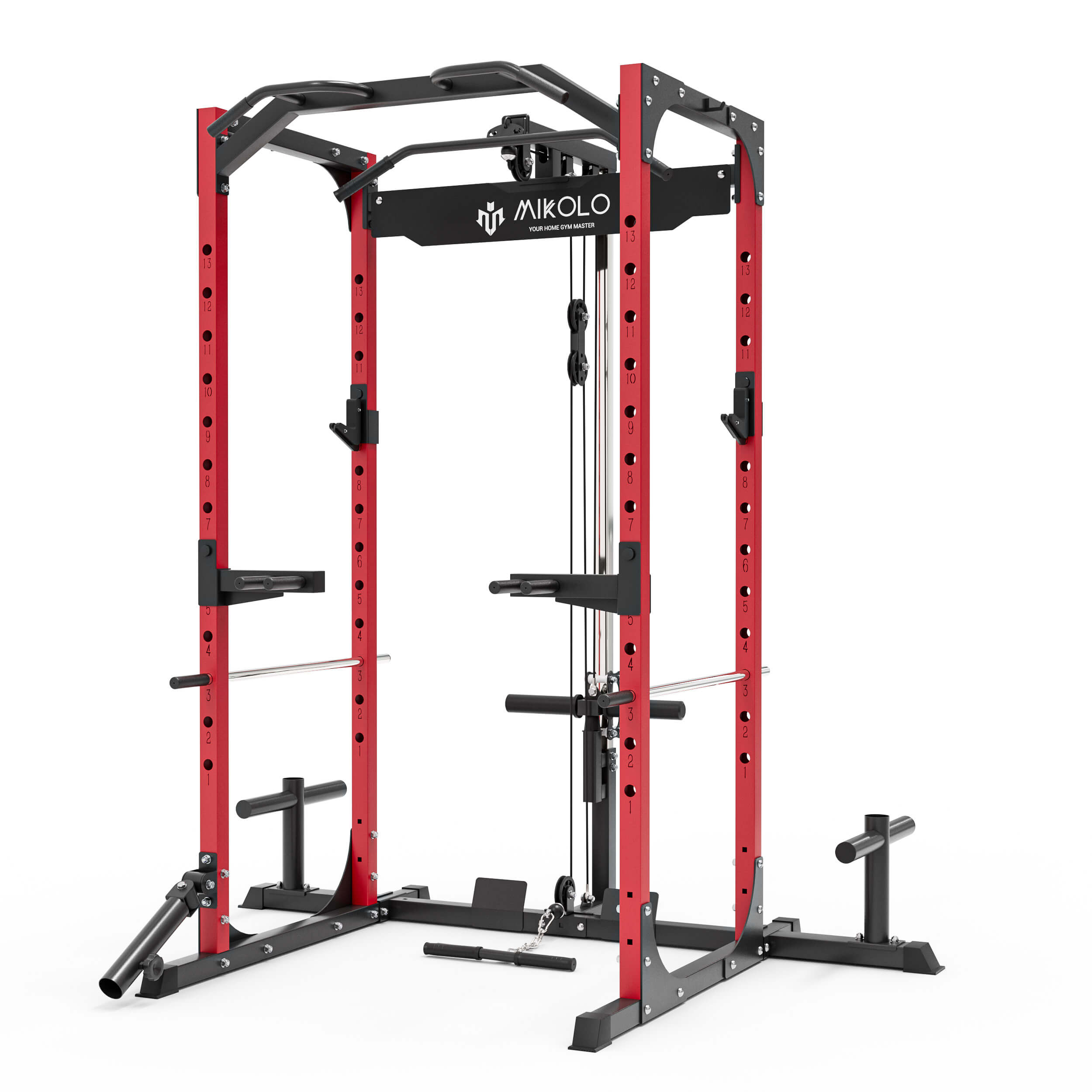



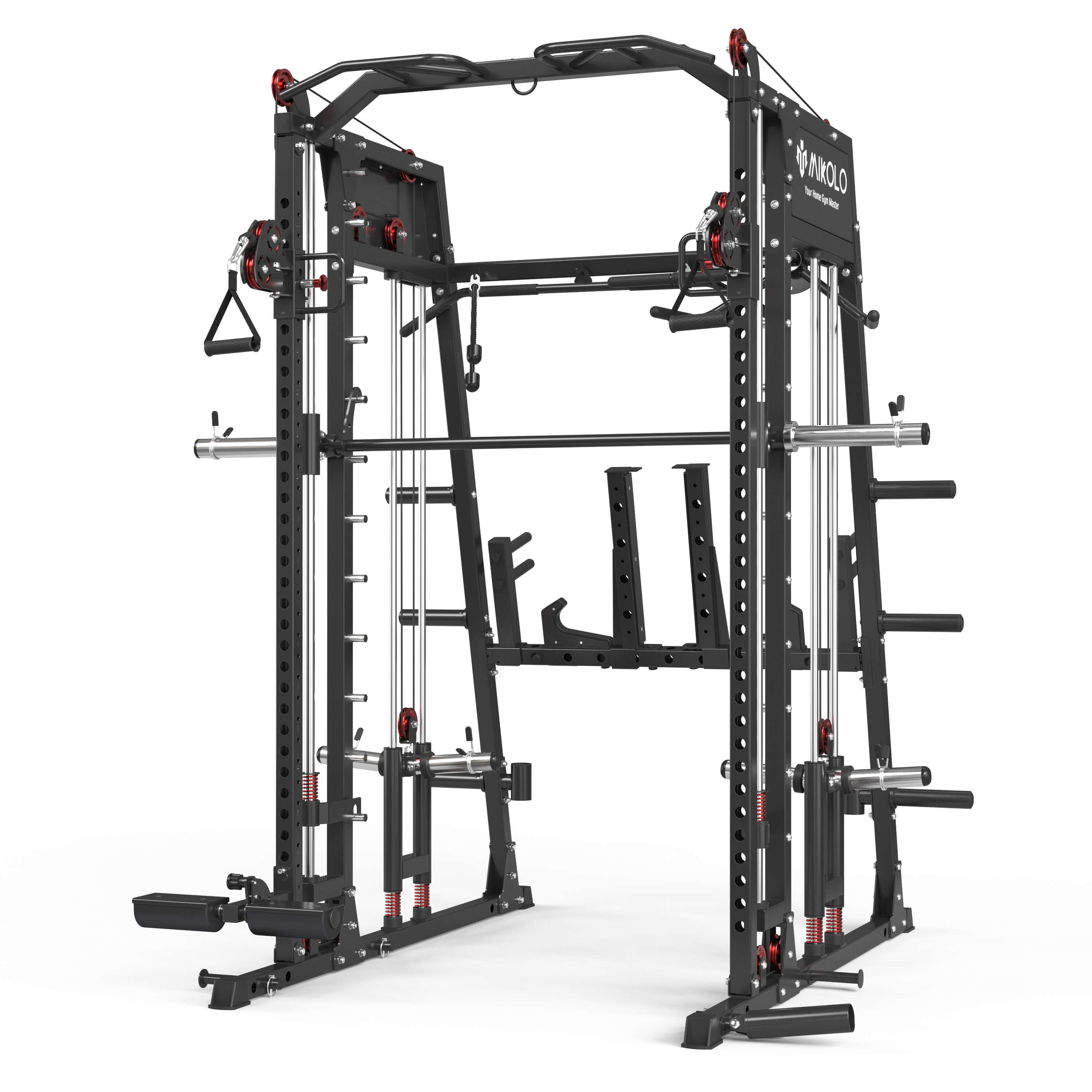


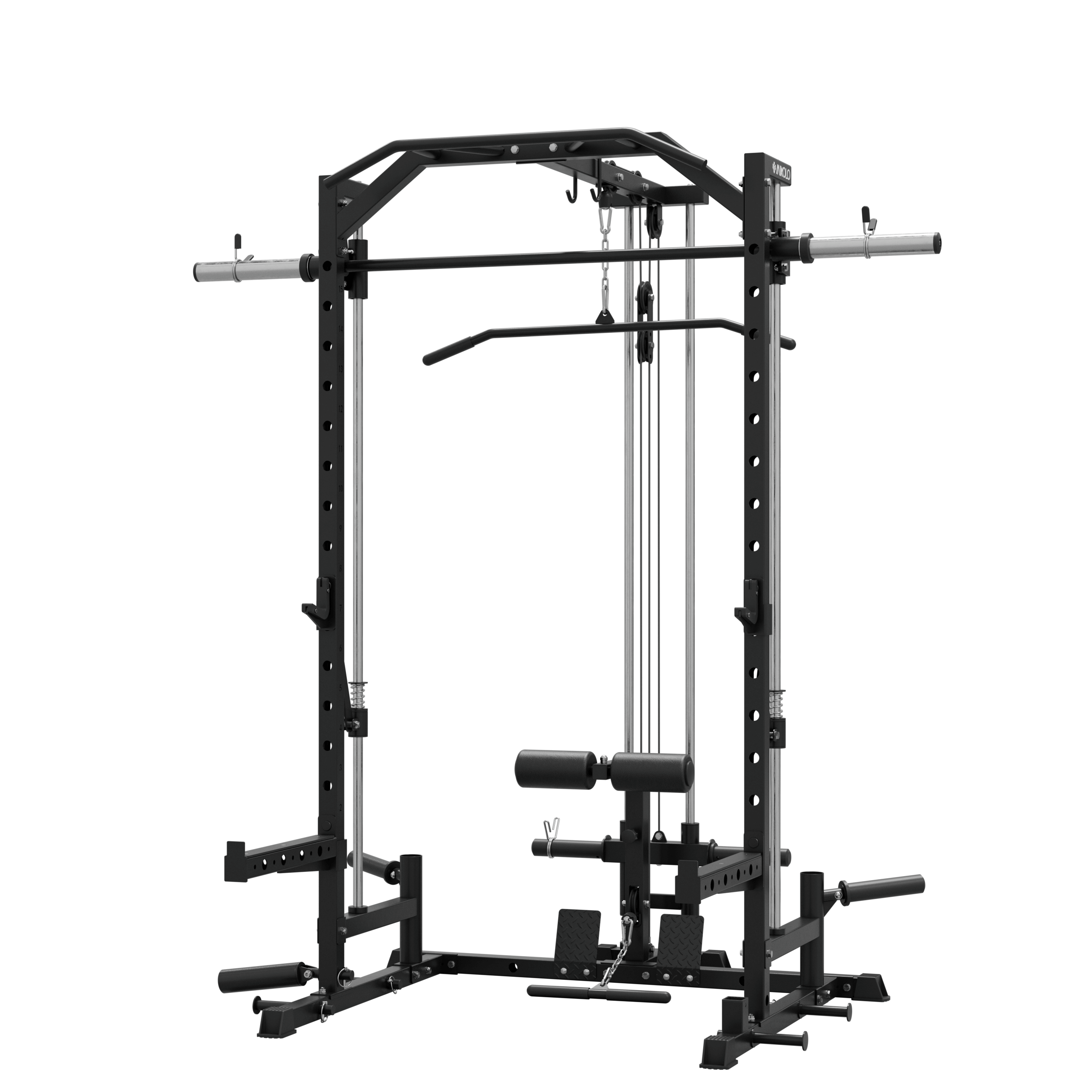
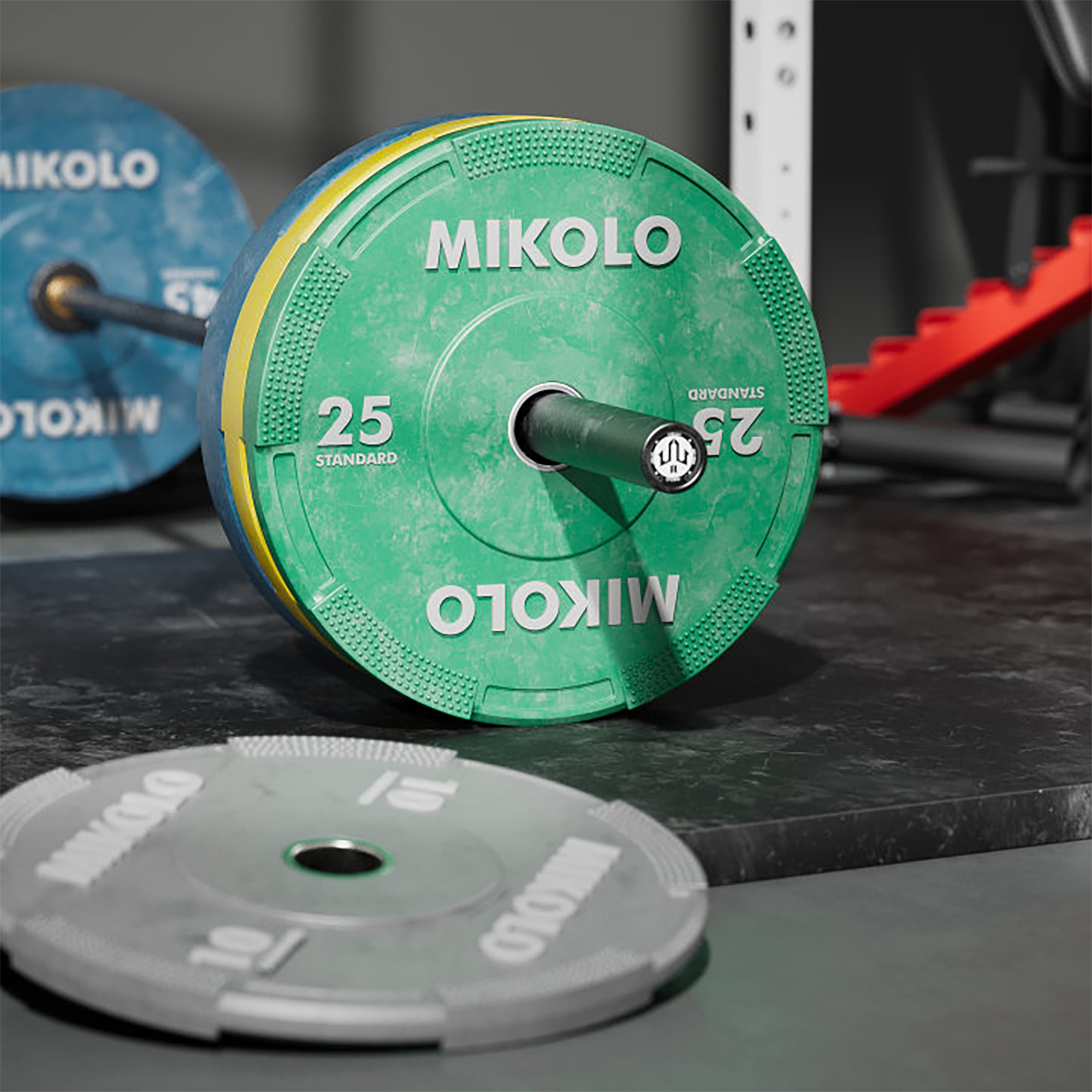
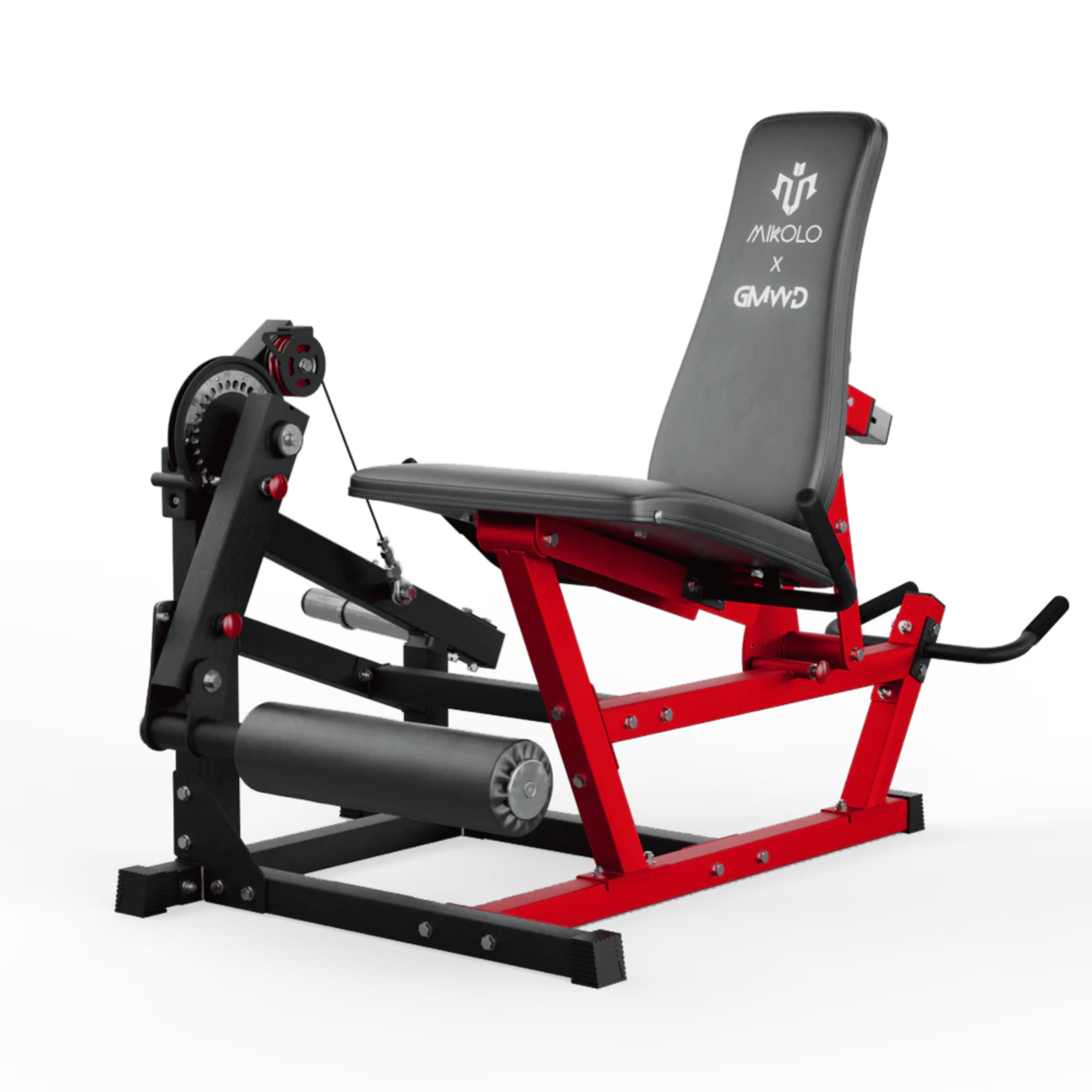
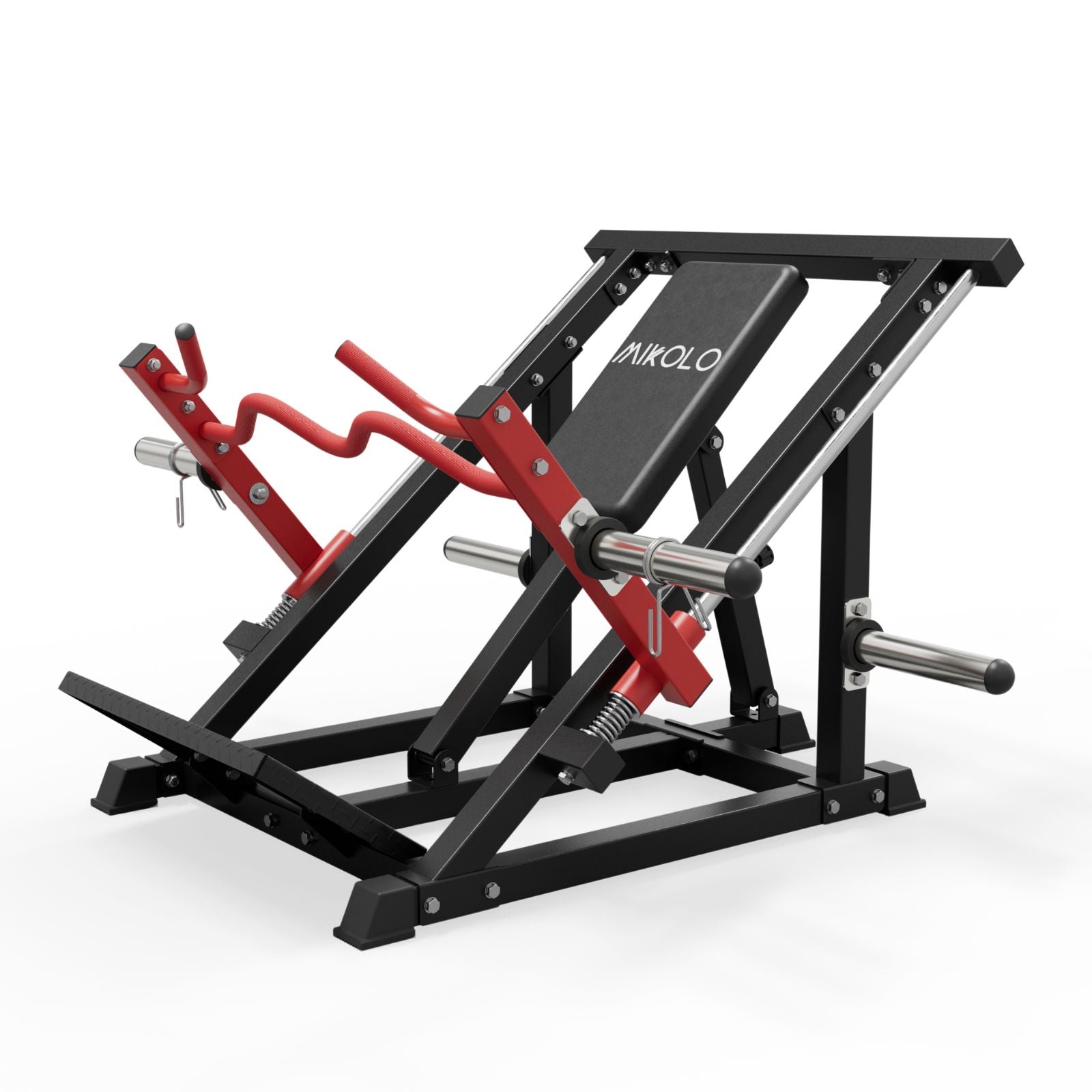
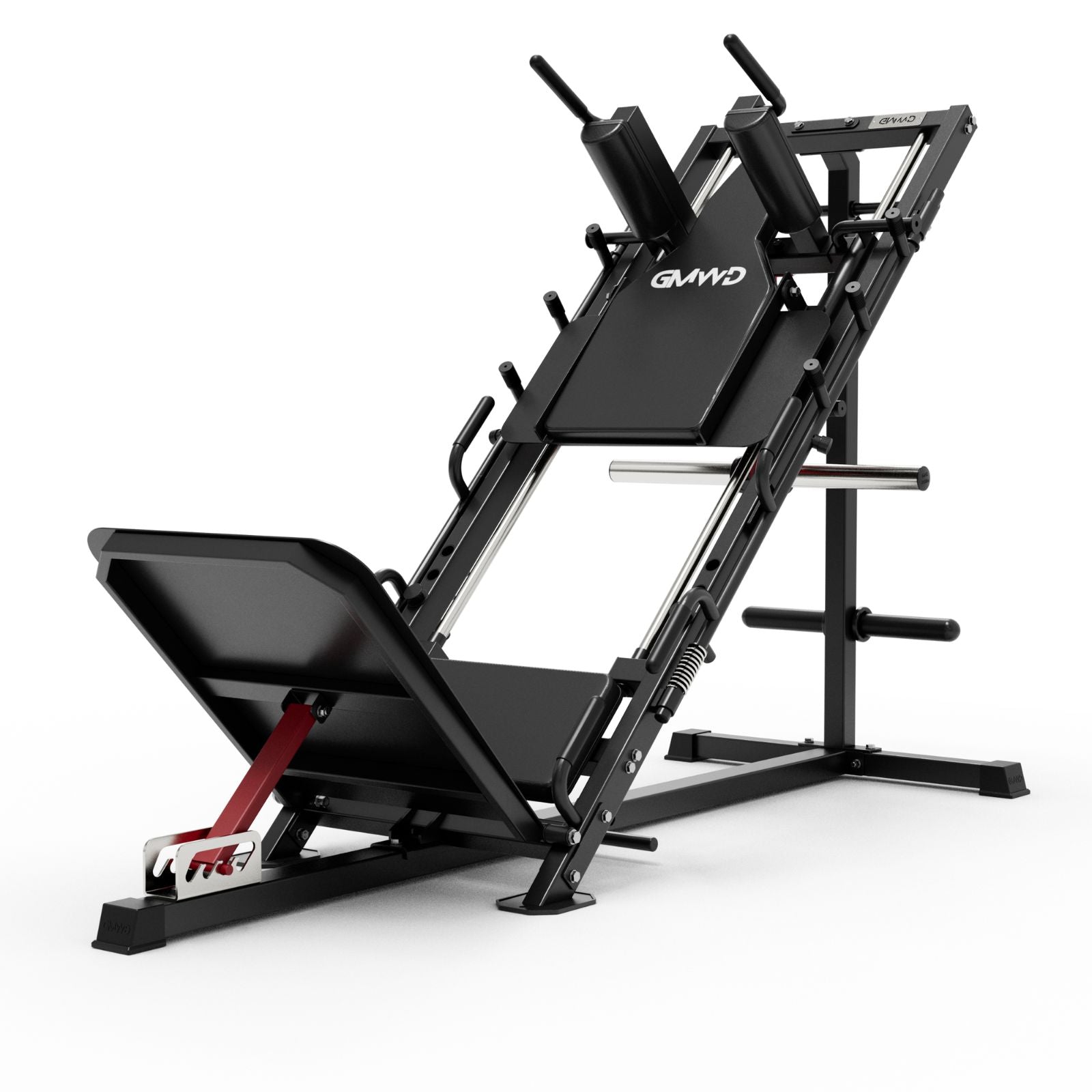


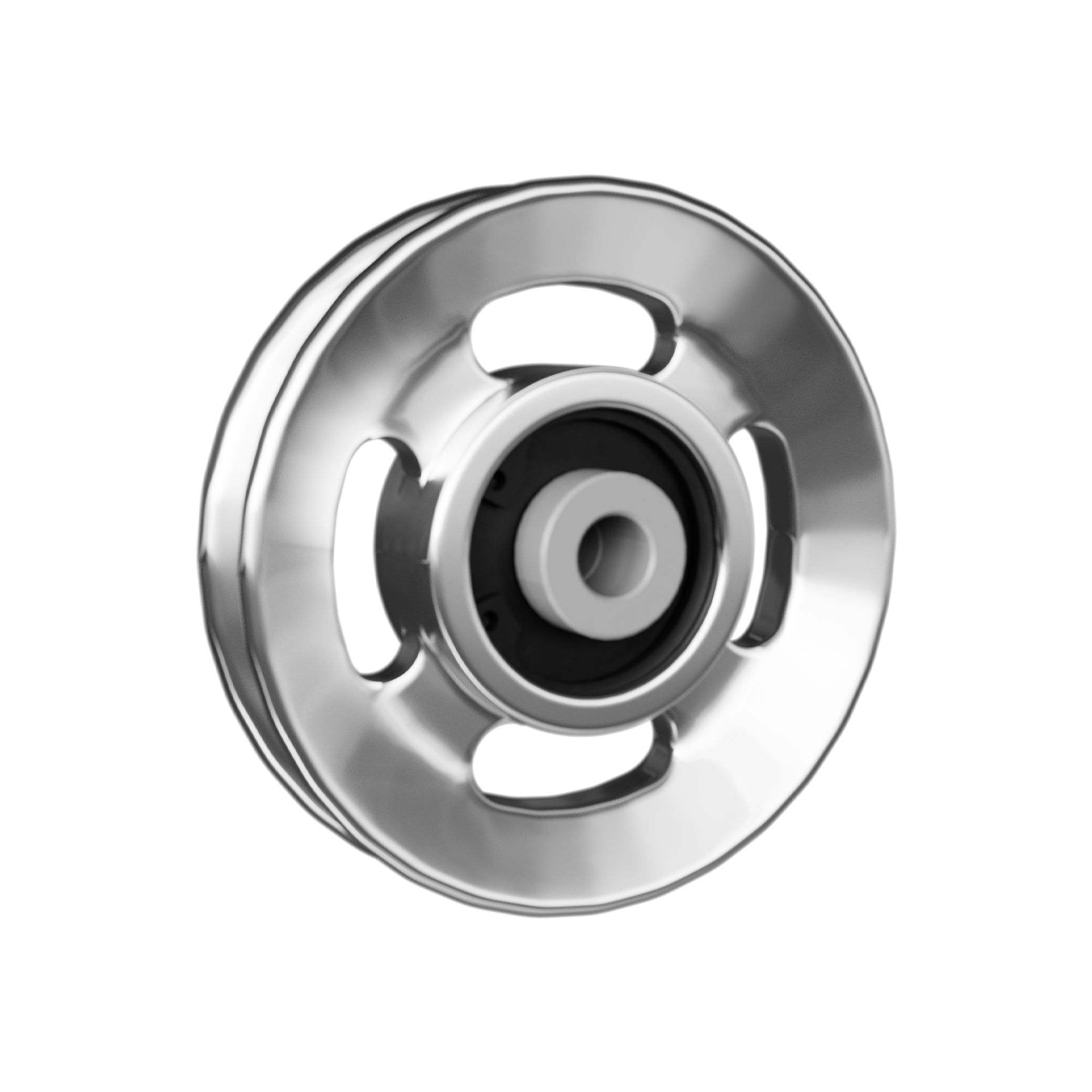
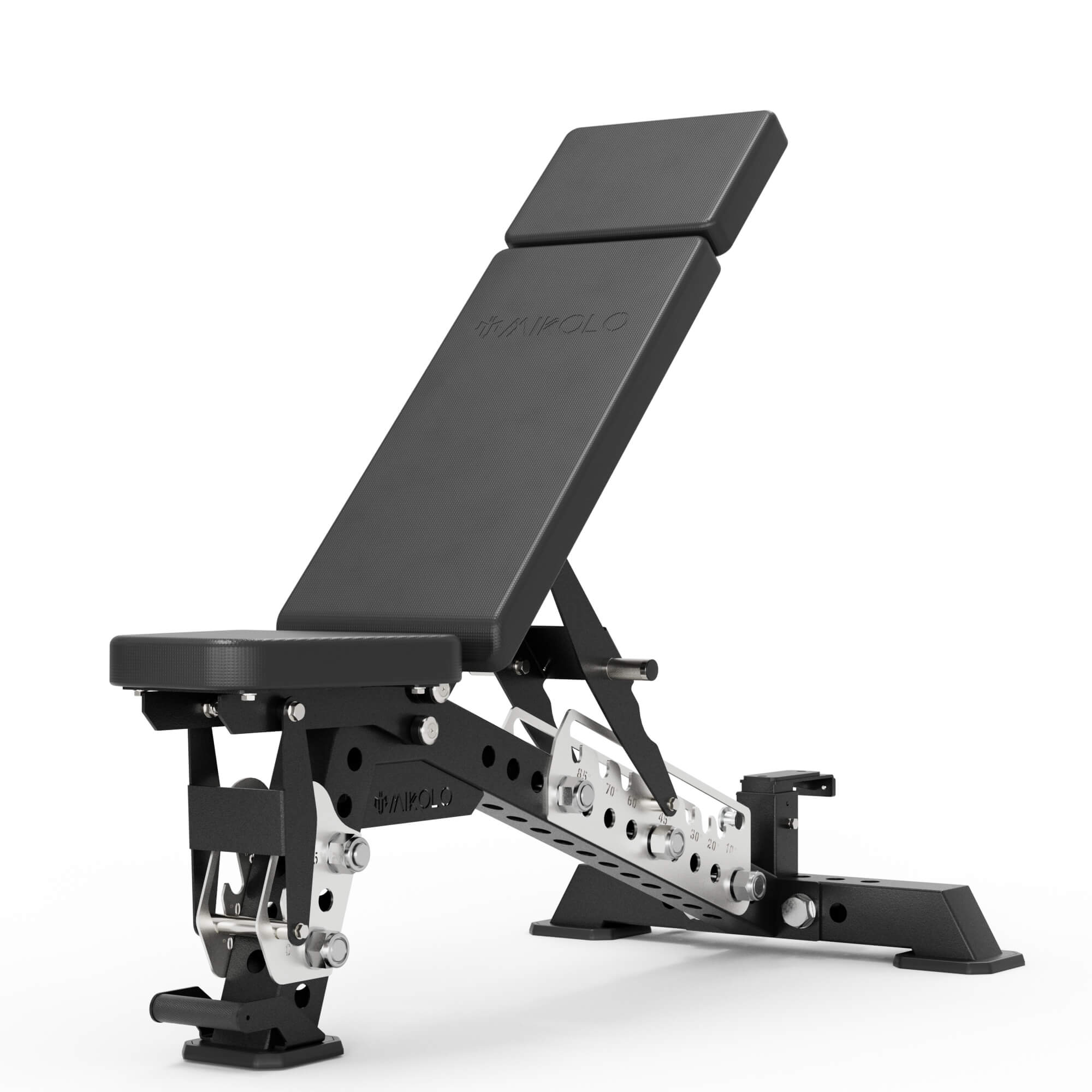


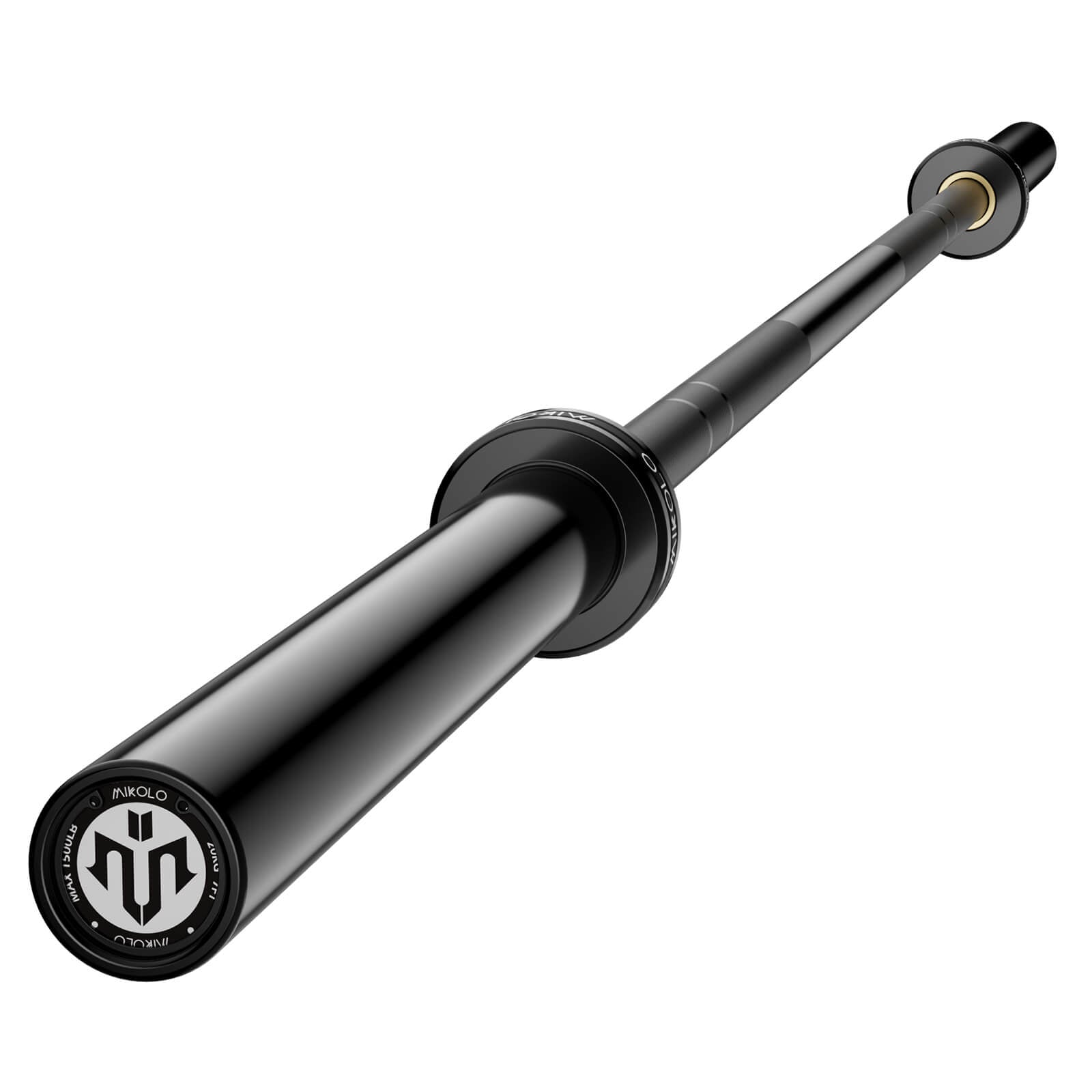

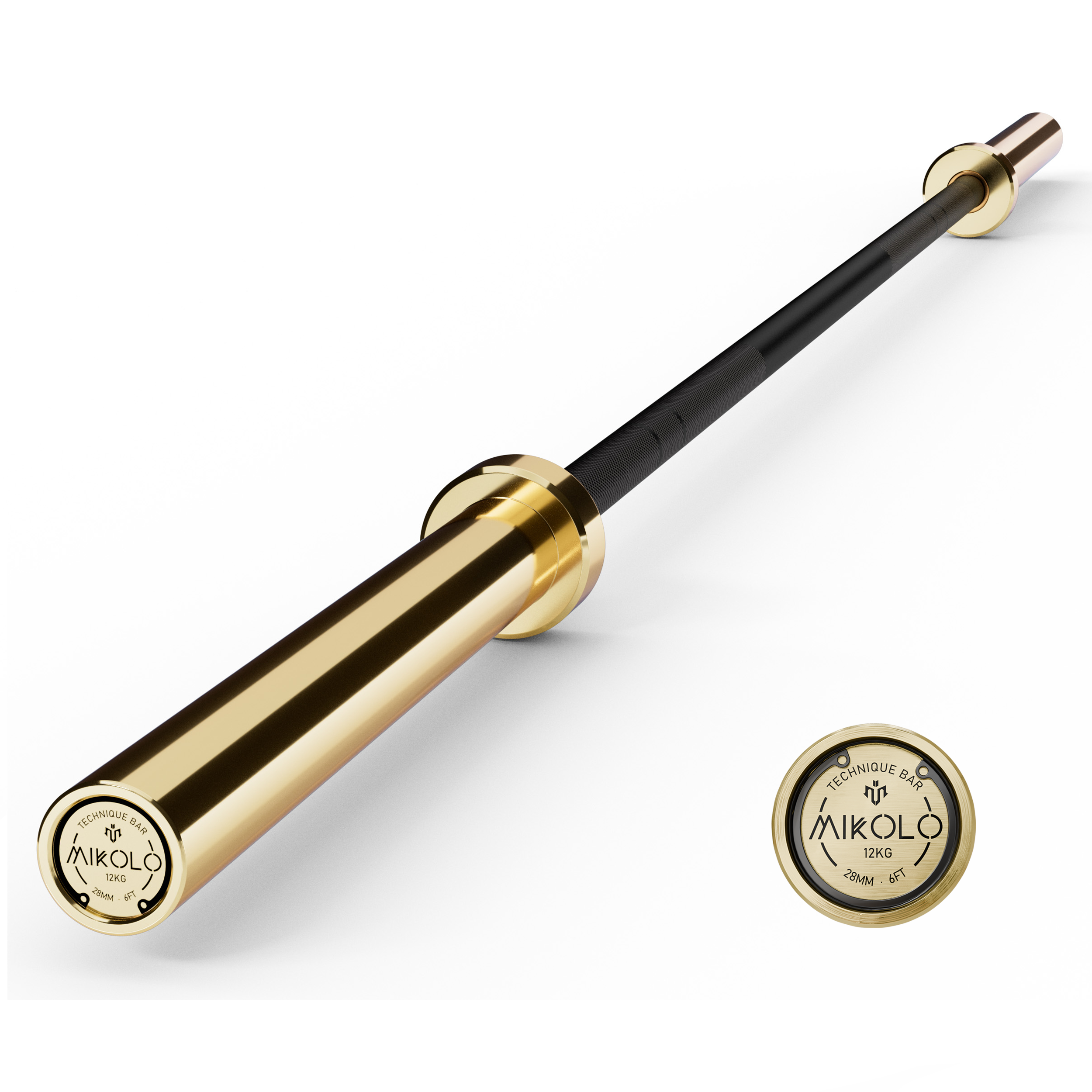
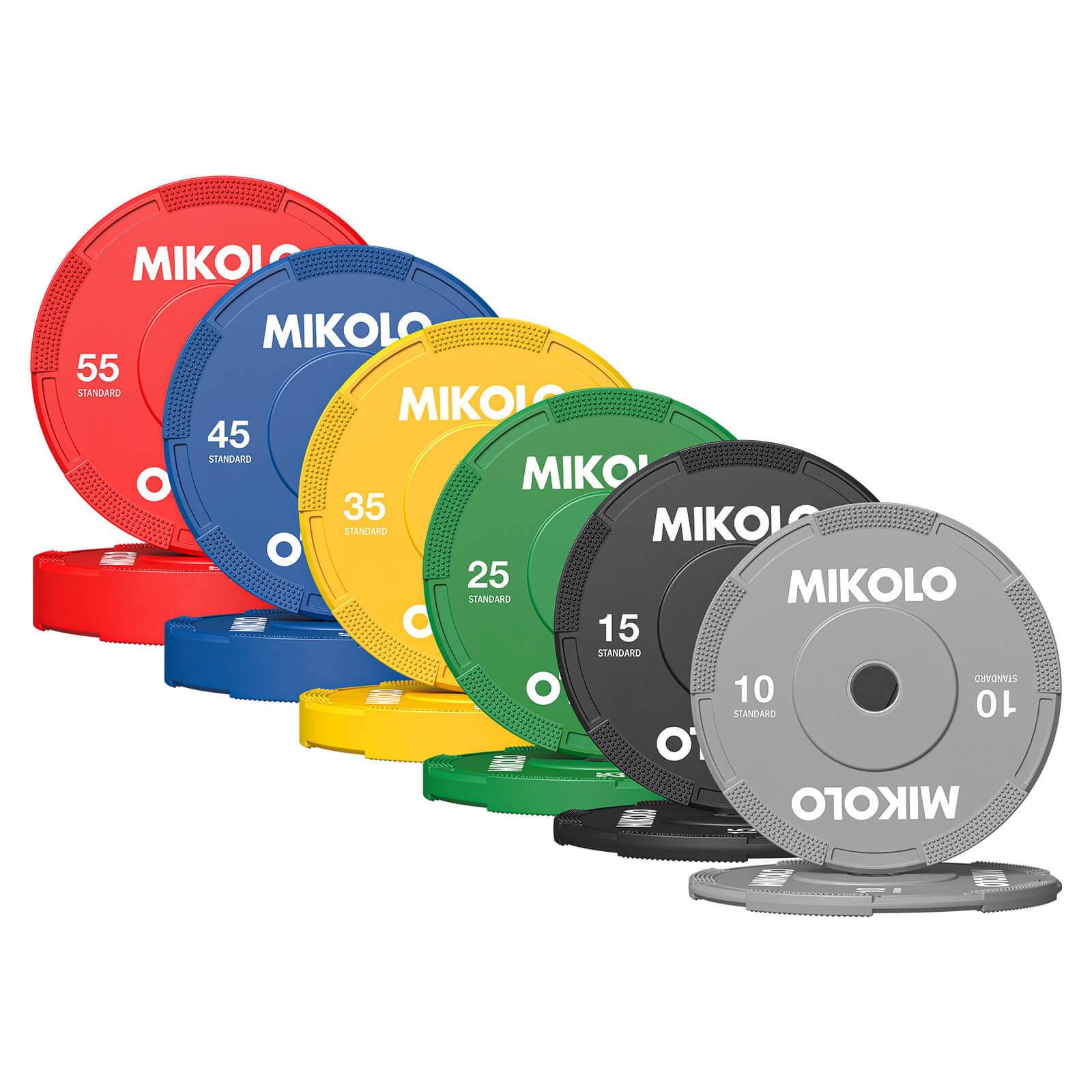
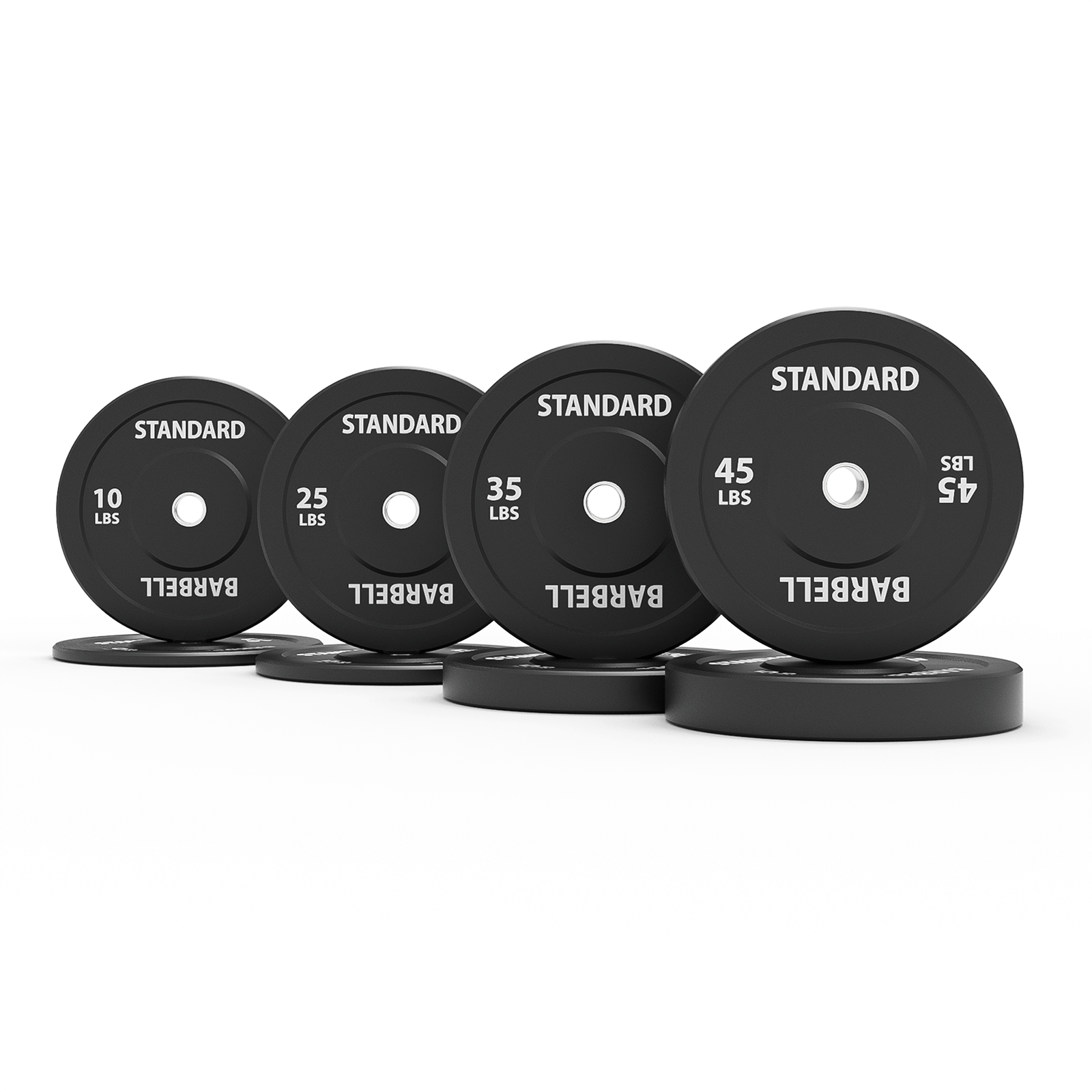
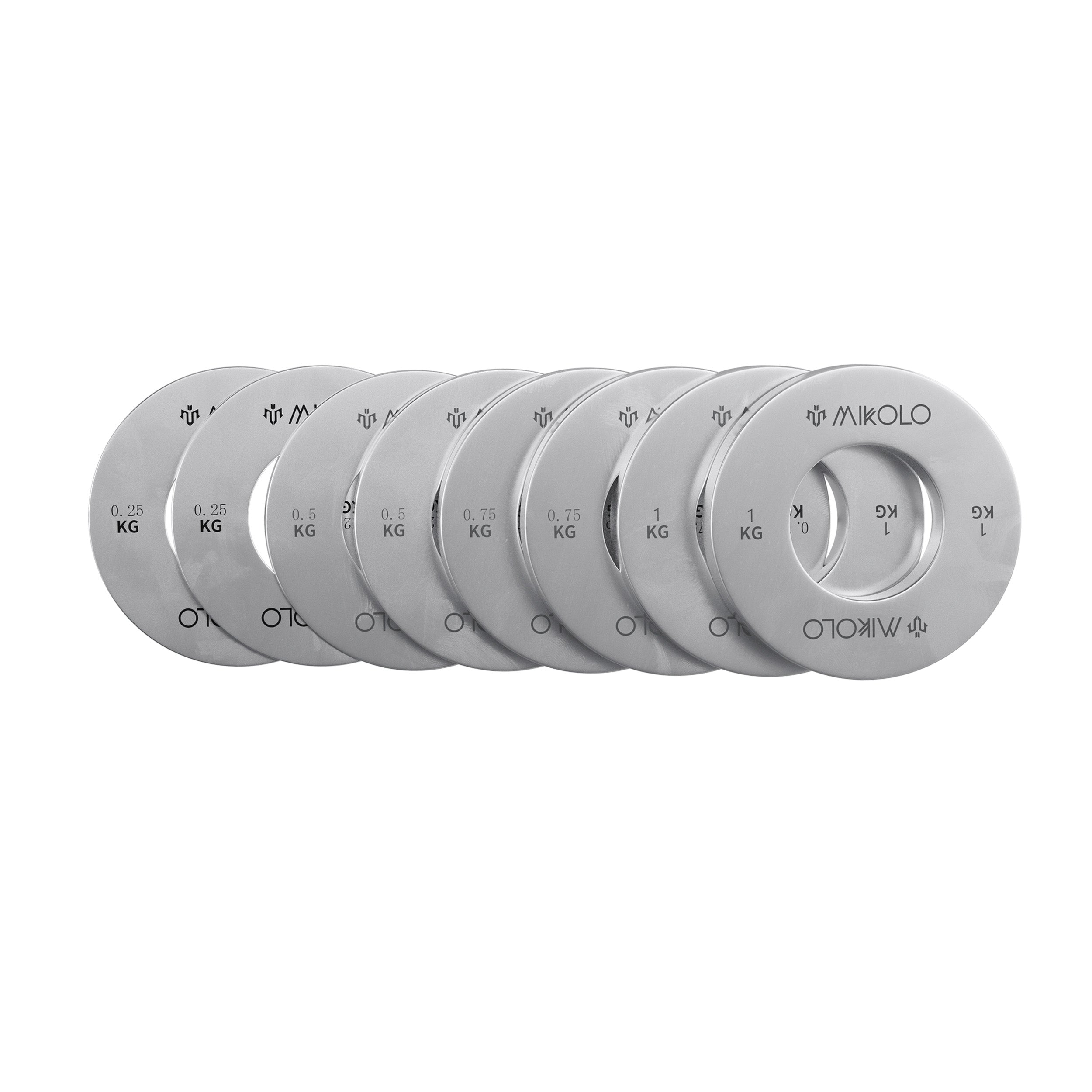
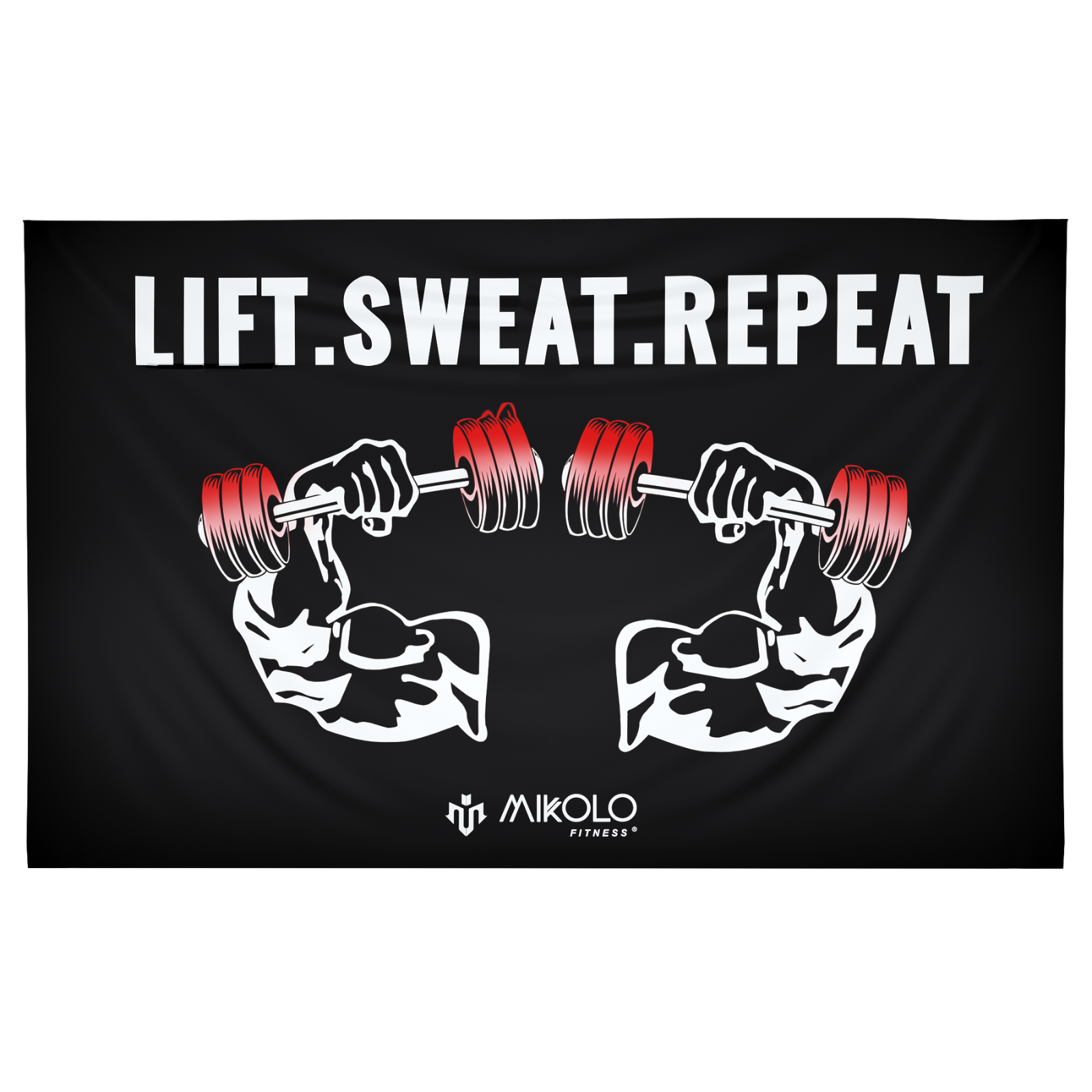
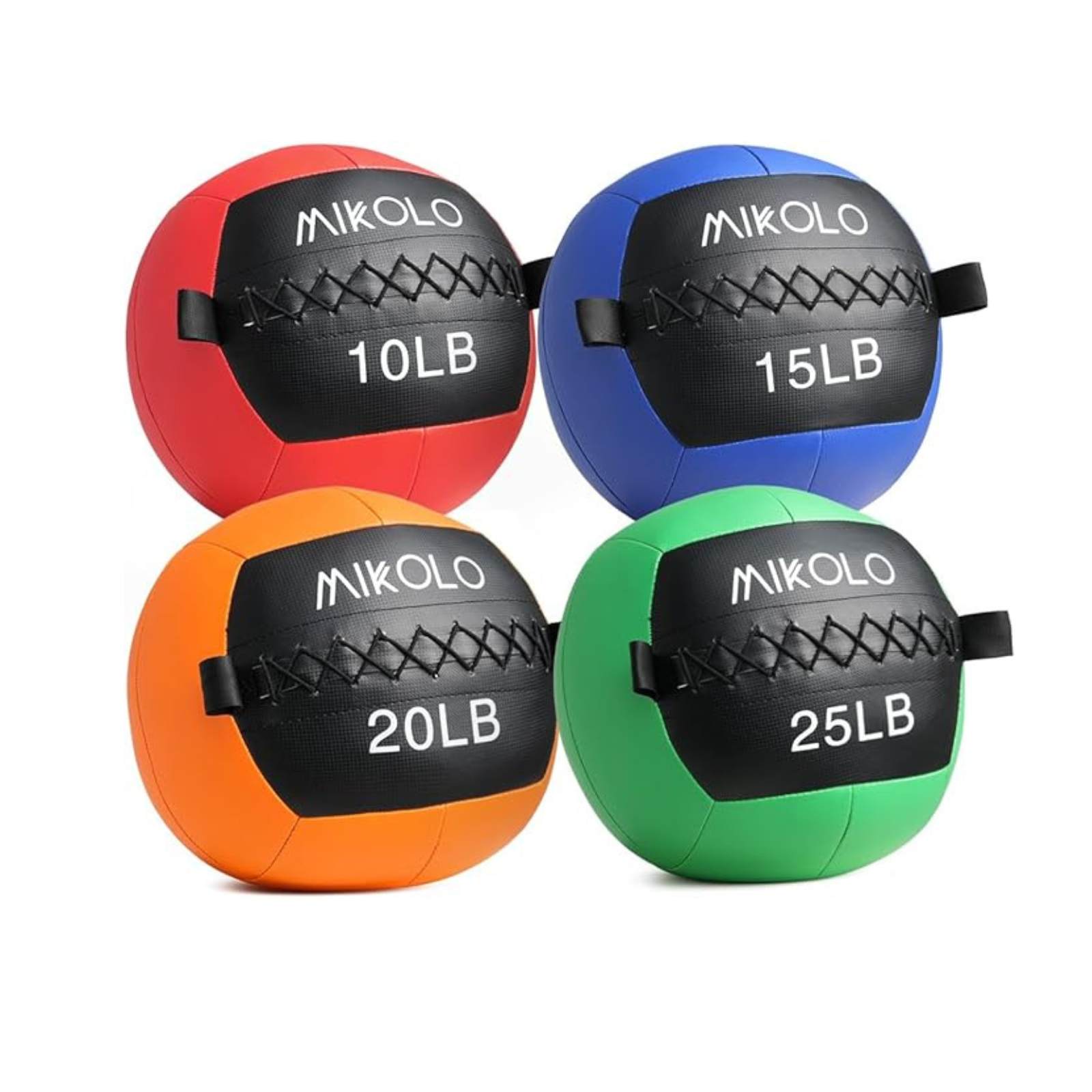
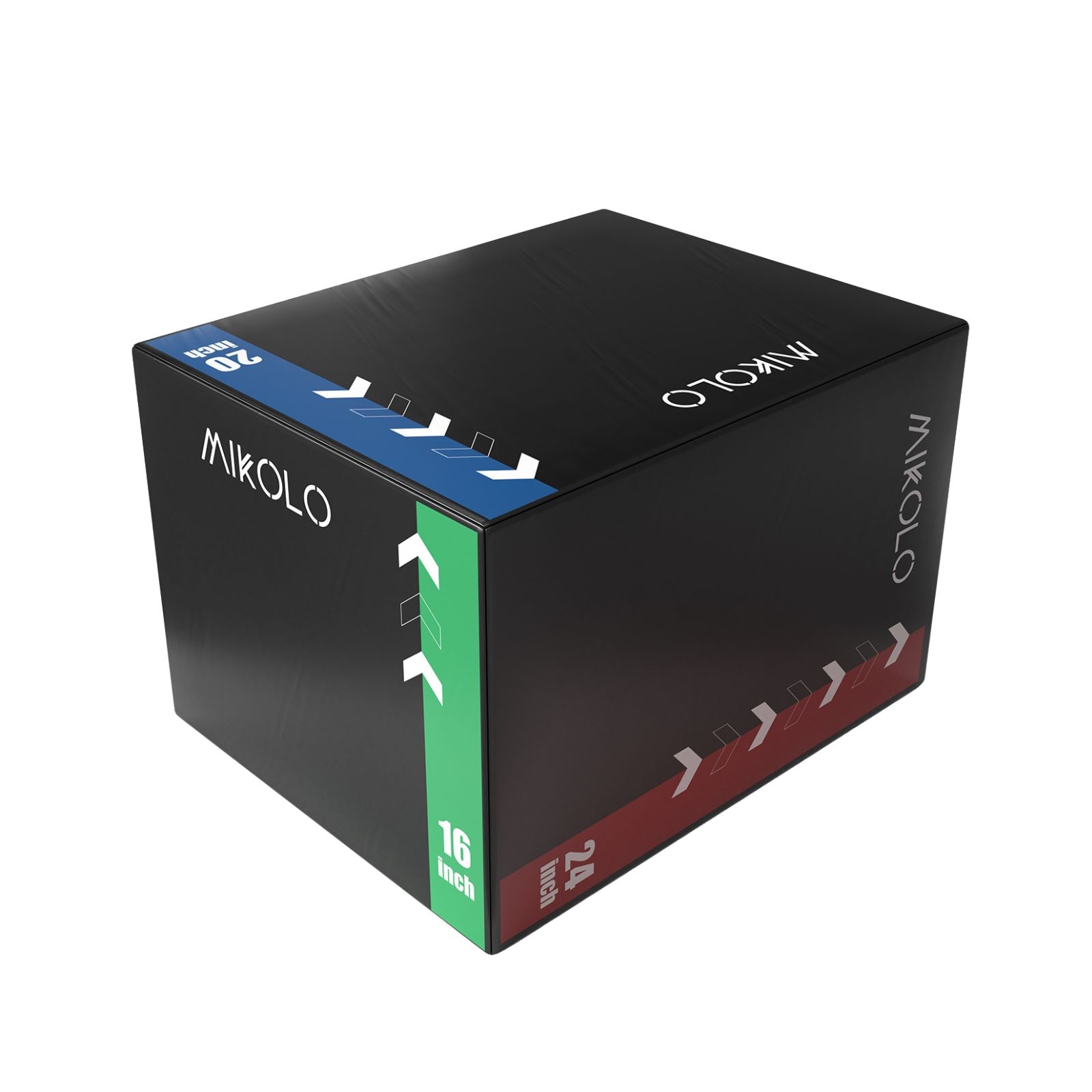

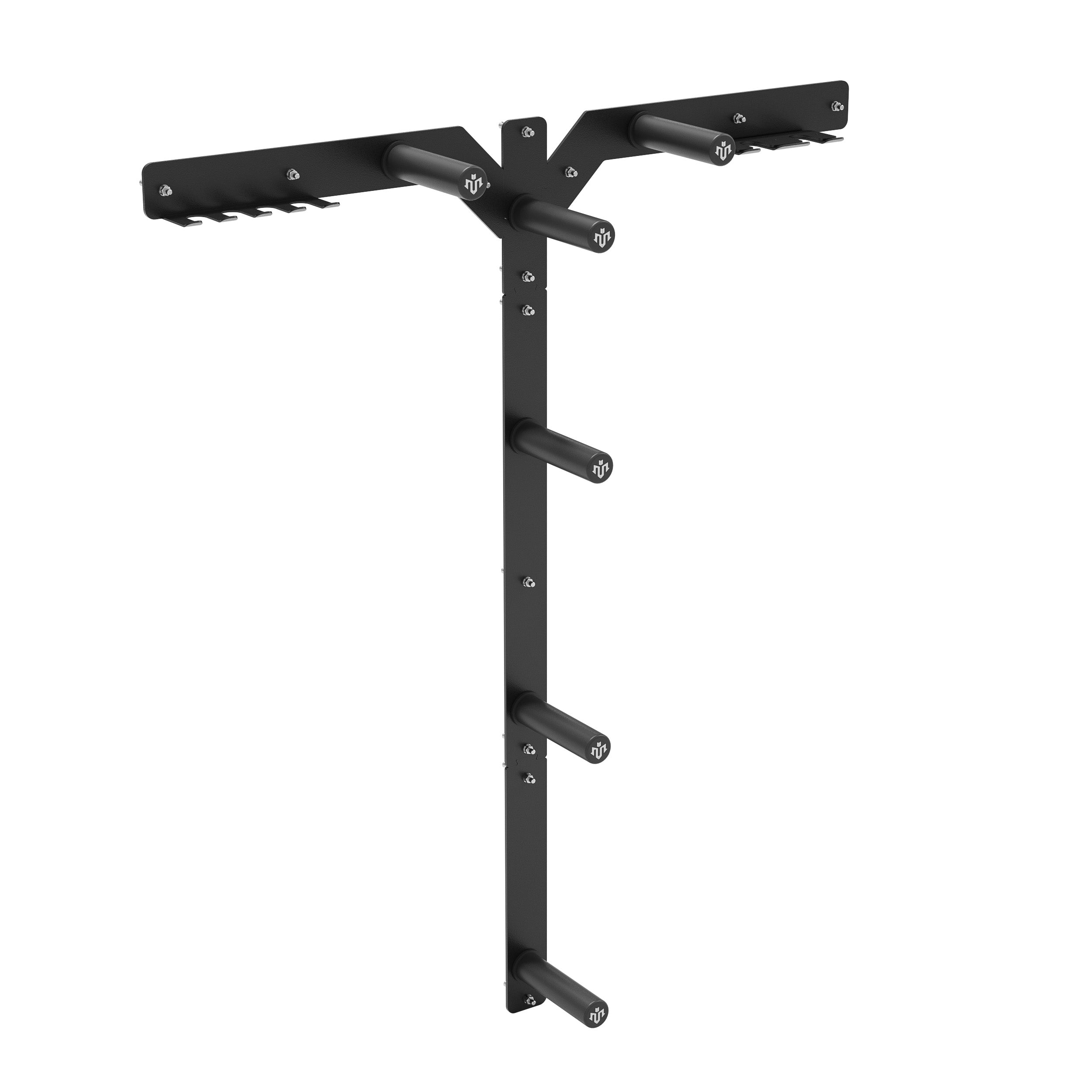




Leave a comment
This site is protected by hCaptcha and the hCaptcha Privacy Policy and Terms of Service apply.